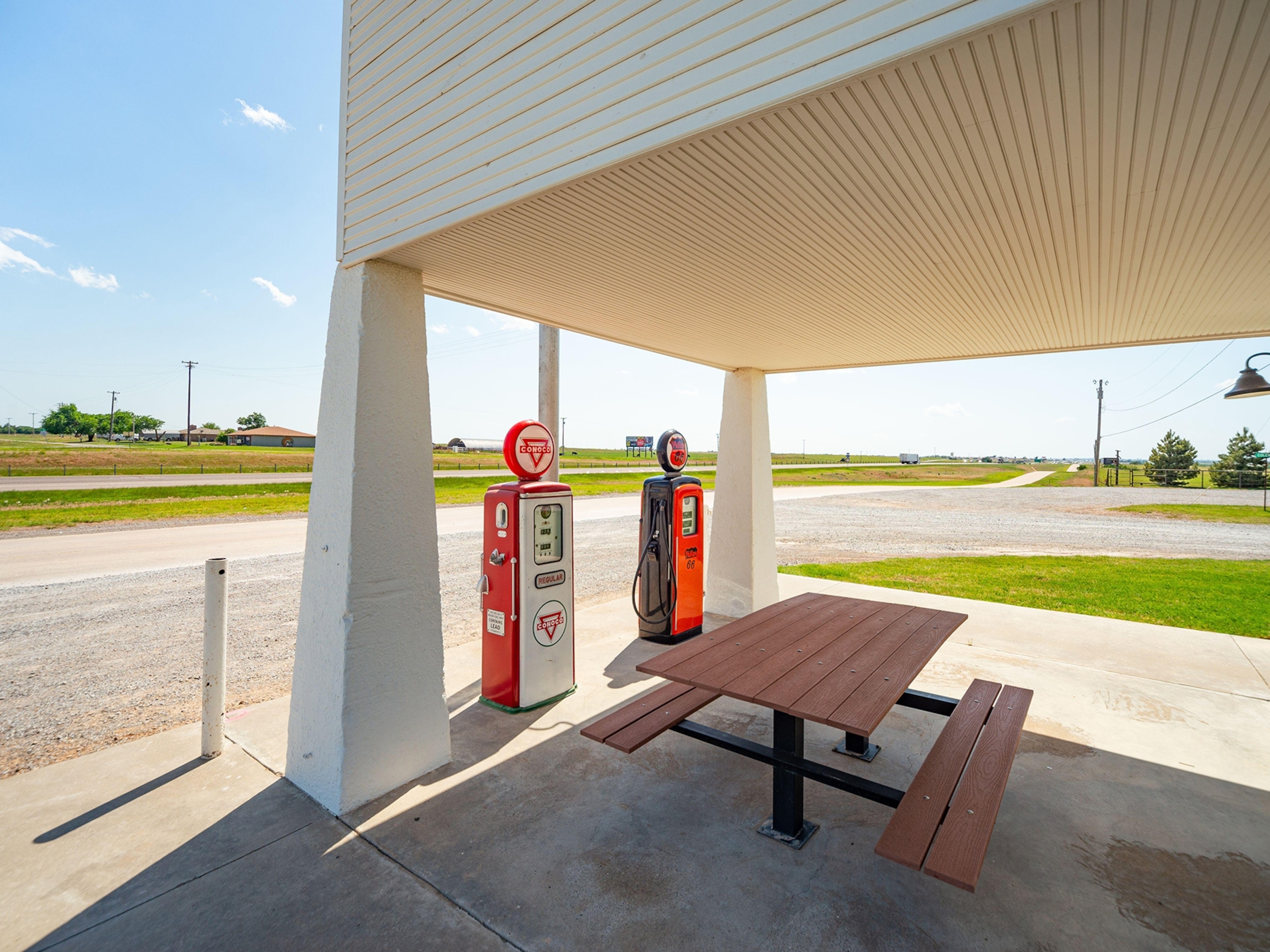
What is Spectrum, and Where are You on it?
On our nation’s network of super highways for voice and data, do you need to pick a lane?
Wherever we go, most of us are taking once unimaginable possibilities for granted. We’re not only able to talk, text, email, browse online, and plug into social media on the go, we’re also tracking our steps, mapping our routes, and watching videos and feature-length movies. All the while, we’re traveling on a path whose very existence we’re hardly aware of because it’s invisible to us: it’s called spectrum.
All wireless signals fly through the air on public, invisible signals can that are sent on a range of frequencies on the electromagnetic spectrum. In the U.S., the Federal Communication Commission grants mobile service providers licenses to use the spectrum. Mobile broadband only has a certain amount of spectrum allocated to it and mobile providers can’t use more spectrum than they've acquired. To accommodate consumer demand, the major carriers are building more cell towers and sites to make the most of the spectrum they have. So, which carriers have which slices of spectrum matters, not only in terms of quantity, but also quality.
For mobile devices, the FCC has allocated spectrum generally between 600 MHz and 2.7 GHz. What kind of space each carrier has, in terms of bandwidth, is key for users to understand. Low-band (sub 1 GHz) and middle-band (1.6 GHz-2.1 GHz) generally work well for voice and text, and allow signals to travel greater distances but today’s market for unlimited data requires access to commercially deployable high-band spectrum (2.1 GHz to 2.7 GHz) that can better move large volumes of data at very high speeds. f
If spectrum is a series of increasingly crowded wireless roadways, high-band spectrum is like a massive superhighway with many lanes that can be modified for use according to the flow of traffic.
Paul McCarthy, Director of Spectrum Development at Sprint, puts it this way, “With higher bandwidths, and wider highways available, we have the ability to increase the efficiency of our spectrum and manage data according to current traffic conditions. We have the capability for adding more lanes for traffic, but we can only do this with a wider highway. This can’t be done as well on the lower frequencies, which are not licensed as wide as the higher-band frequencies – making them like smaller side roads, which are then unable to handle the volume of traffic that high-band can.”
Fortunately, Sprint has far more commercially deployable mobile wireless spectrum than its competitors, with a focus on high-volume high-band spectrum. Sprint is currently licensed for 204 MHz on average across the country, compared to roughly 155MHz, 115MHz, and 79 MHz for AT&T, Verizon, and T-Mobile, respectively*.
“Sprint has spent nearly two decades compiling a portfolio of spectrum, much of it at the higher bands, which is best for high-speed data usage and video streaming.” Paul says, “We anticipated the need for high speed data and high traffic scenarios early in the game, so we’ve always been focused on that future to supplement our base layer of voice and text.”
Sprint can also play with the direction that data moves in terms of downlink and uplink. Imagine a highway at rush hour, with more traffic moving in one direction than another. What if, instantaneously, more lanes were made available to accommodate the heavier traffic flow? Voila. More speed! This is what Sprint can do that other carriers can’t.
“This is the difference between paired and unpaired channels,” says Sprint Spectrum Resources Manager, Ray Taylor. “Other networks use paired FDD-LTE; we use unpaired TDD-LTE.” LTE is the current, 4G mobile communications standard. FDD (Frequency Division Duplex) uses paired spectrum channels. TDD stands for Time Division Duplex; which allows for greater flexibility and efficiency for data-centric formats such as Wi-Fi and video. What does this mean for us, as consumers?
Dr. John Saw, SVP, Technical Architecture at Sprint explains, “In practical terms, with TDD-LTE, Sprint can create a wider channel for busy downlink traffic (say, for video streaming during primetime viewing hours each evening) and a narrower channel for uplink traffic. This allows us to adjust the network to apply capacity and speed where and when customers need it most.”
McCarthy compares this to a highway built for flexibility. “With TDD-LTE, we can be more responsive to traffic flow. Carriers stuck with paired FDD-LTE can’t keep up with the download-centric demands of applications like HD video streaming. Now and in the future, with this increasing demand for download traffic, TDD-LTE gives Sprint the capability to separate the use up and down within the same frequency; to basically move forward and backward in the same lane. Where you’d have to have two lanes, we can use one, reshaping our highway to keep our customers going as fast as possible.”
On this super highway, the way we, as consumers, use our mobile devices means that we’re continually changing directions. With unpaired channels, Sprint can easily switch an uplink lane to downlink for dramatically faster speeds at greater efficiently (read: lower cost.)
“We’re able to sustain consumer speeds while traffic increases,” says McCarthy. “With unlimited data now the industry standard, spectrum capacity matters more than ever to ensure we keep pace with our customers’ growing demand for data both now and into the future. Having a lot of spectrum capacity prevents congestion on the data highway – think detours, slowdown, frustrations, and expense. Then think of where you might rather be on the spectrum.”
*national averages, don’t represent spectrum assets in any specific market.







